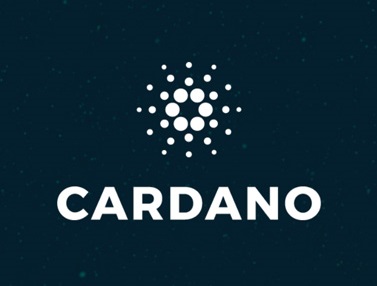Cardano and Ethereum are both cryptocurrencies and also blockchain ecosystems that other things can be built on. The Cardano network is very similiar to the Ethereum network. The primary creator of Ethereum is Vitalik Buterin. Cardano was created by Charles Hoskinson, who was also a co-founder of Ethereum. The cryptocurrency of the Ethereum blockchain is Ether (ETH) and the Cardano blockchain cryptocurrency is ADA.
Ethereum launched on July 30, 2015 two years before Cardano in 2017. Ethereum develops its technology as it goes, and is rolling out a Ethereum 2.0 upgrade step by step. Cardano is different as it uses peer-reviewed experts for each step in development and upgrades. Cardano development is much slower than Ethereum.
Cardano is considered a third-generation blockchain. Its purpose was to solve scalability issues and energy usage problems of both Ethereum and Bitcoin (BTC) along with other problems that the first blockchains experienced. Instead of Cardano needing to use layers and update solutions on top of early pre-existing technology it started a completely new blockchain ecosystem. Cardano wanted to get its platform right from the beginning by learning from the earlier project’s problems.
Developers will be able to use both the Ethereum (ETH) and Cardano (ADA) blockchain features for similar uses like programming smart contracts and decentralized applications on their platforms once Cardano is fully functional. Cardano differs as it focuses on a research-driven approach to its design.
Ethereum is the biggest smart contract platform in the world and has over 2,800 decentralized applications on its blockchain platform. According to State of the Dapps, approximately 80% of all Dapps in the world run on the Ethereum blockchain. Meanwhile Cardano is testing its networks smart contract processes currently with the goal to launch it completely in August 2021.
Blockchains need systems to validate transactions, Ethereum does this through a system of mining called “proof of work” which requires high energy consumption. The Ethereum 2.0 update should improve this dramatically requiring over 99% less energy for transactions. Cardano was designed to use a “proof of stake” process from the beginning to be energy efficient.
Cardano was created to use proof of stake from the beginning. The Cardano cryptocurrency requires much less energy to mine and process transactions than Ethereum. Cardano will have the capability to process approximately one million transactions every second. Ethereum was one of the very first blockchains designed to be a type of operating system for creating assets and programs on and was the early mover in the industry. [1]
Cardano is the next step in blockchain evolution trying to be the next logical move in the improvements from Bitcoin to Ethereum and finally to Cardano. It is very difficult to overtake the head start Ethereum had with adoption and use and Ethereum’s own planned improvements to its blockchain. Cardano is currently the 3rd largest cryptocurrency by market cap at over $83.3 billion and priced at $2.58 each so it has already made a huge move over all its other competitors as a top blockchain paltform and cryptocurrency to watch.
